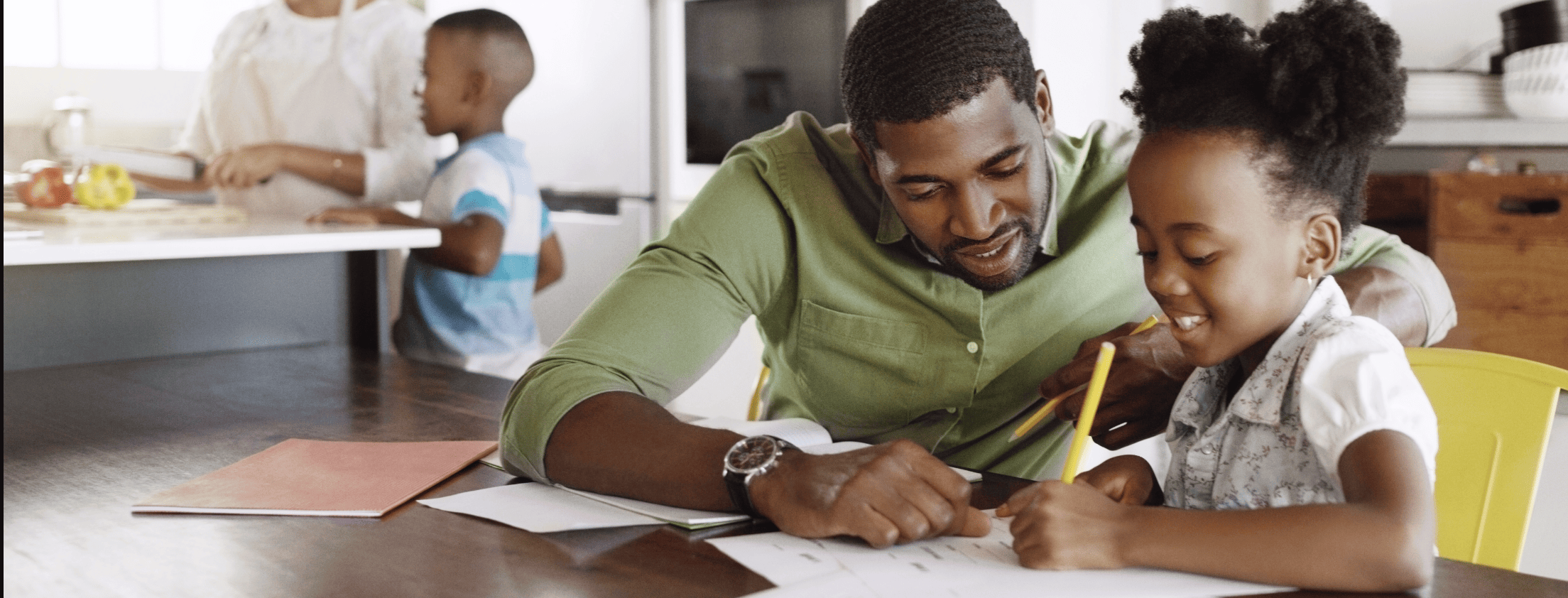Teaching early math skills like counting, recognizing shapes, and using measurements such as time or length are perfect for building a strong learning foundation. Math is a combination of versatile skills that your child will use in many ways throughout their life. That’s why practicing beginning math skills in preschool and early elementary is both a fun part of learning and a necessary step to becoming comfortable and confident with math.
Use these 20 downloadable activities and picture books from Waterford.org to practice a variety of early math skills with young learners. All activities are available in English and Spanish.
Early Math Activities: Geometry
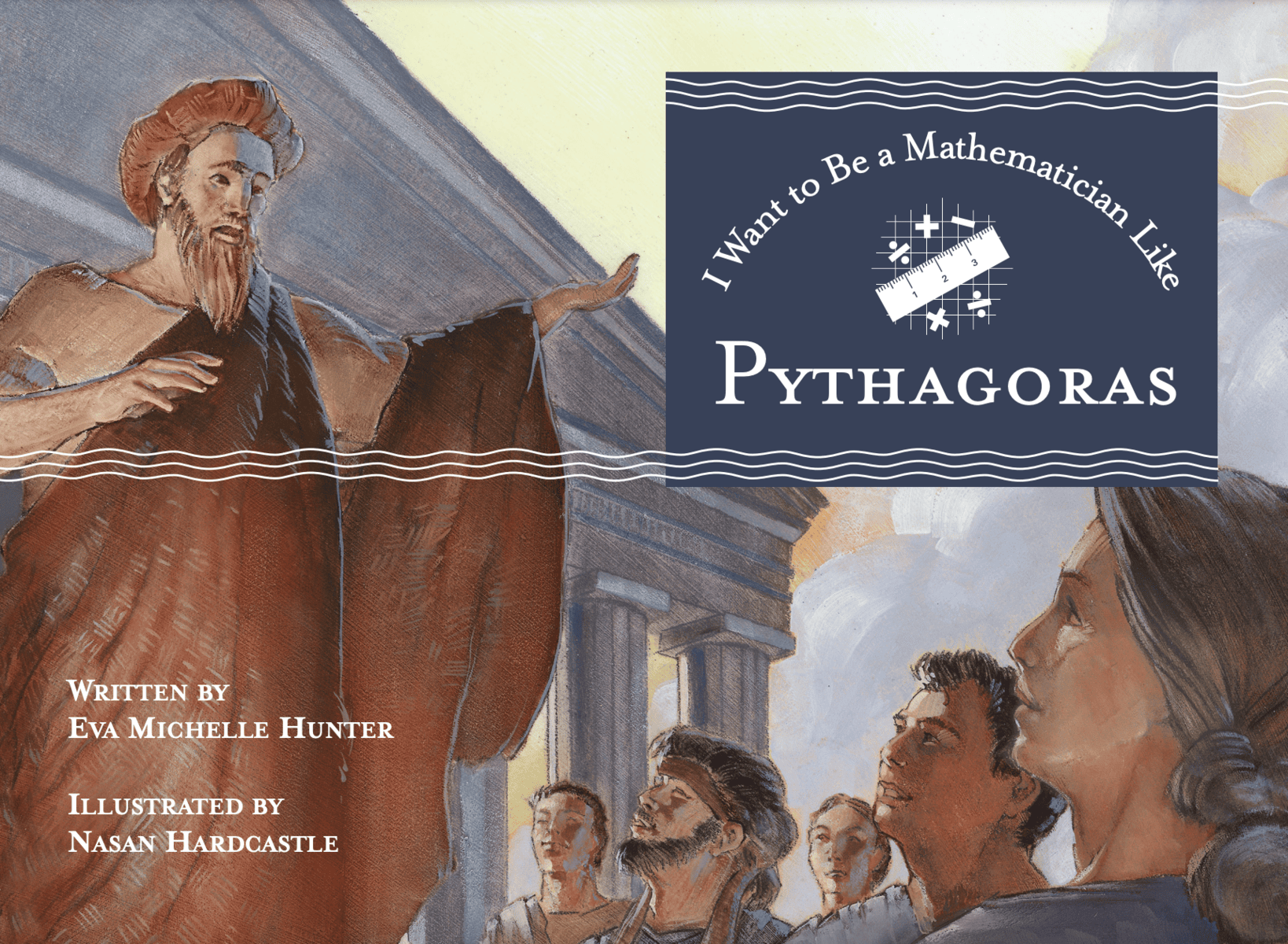 Geometry skills help children recognize 2D and 3D shapes in math problems and in everyday life. Later on, they will learn how to measure these shapes in more complex math problems, so having this early math foundation will help them develop those skills.
Geometry skills help children recognize 2D and 3D shapes in math problems and in everyday life. Later on, they will learn how to measure these shapes in more complex math problems, so having this early math foundation will help them develop those skills.
1. Shape Count (Contar las formas)
By counting how many your child can see of each shape, they can learn the difference between rectangles, squares, circles, and triangles, as well as more complex shapes like rhombuses and octagons.
2. Sorting Shapes (Clasificación de las formas)
Print out these worksheets and use scissors to cut out the circles, triangles, and squares for your child to practice sorting different shapes. Then, help them organize the shapes into the three different categories.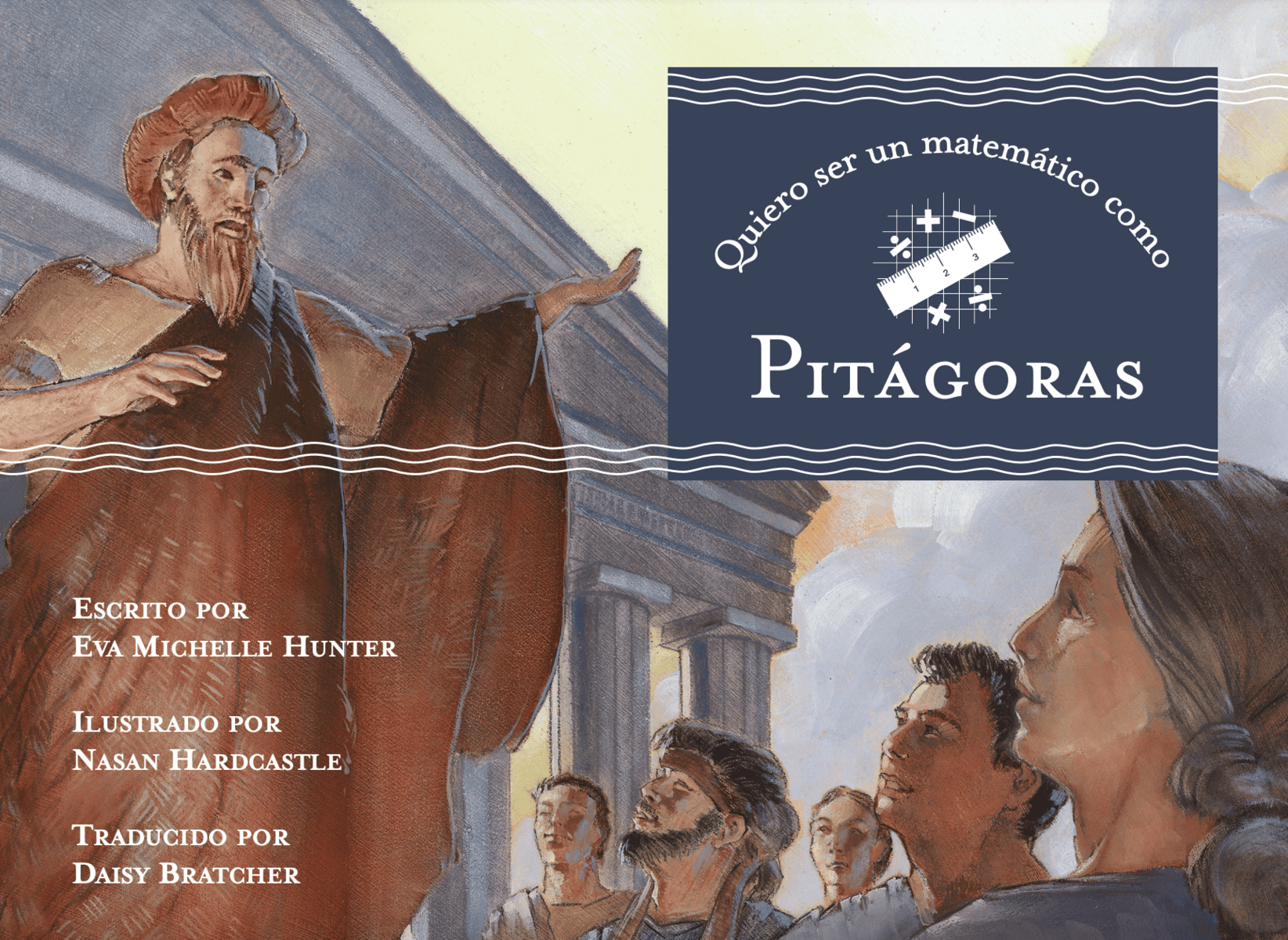
3. The Shape of Things (La forma de las cosas)
Reading this math picture book can help students practice their literacy skills while learning about the different shapes they can see in their everyday life. After you’ve read it together, go on a walk around your neighborhood and see how many different shapes you can find.
4. I Want to Be a Mathematician Like Pythagoras (Quiero ser un matemático como Pitágoras)
For a fun history lesson, read this book about the ancient Greek mathematician Pythagoras together. He discovered insights about shapes and patterns that teachers still use today.
5. Halves and Fourths and Thirds (Mitades y cuartos y tercios)
Fractions are a more complex geometry concept, so it’s smart to introduce children to them by reading this rhyming picture book together.
Early Math Activities: Measurement & Data
Measurement and data skills teach children how to apply math to the real world using systems like time, length, weight, and temperature.
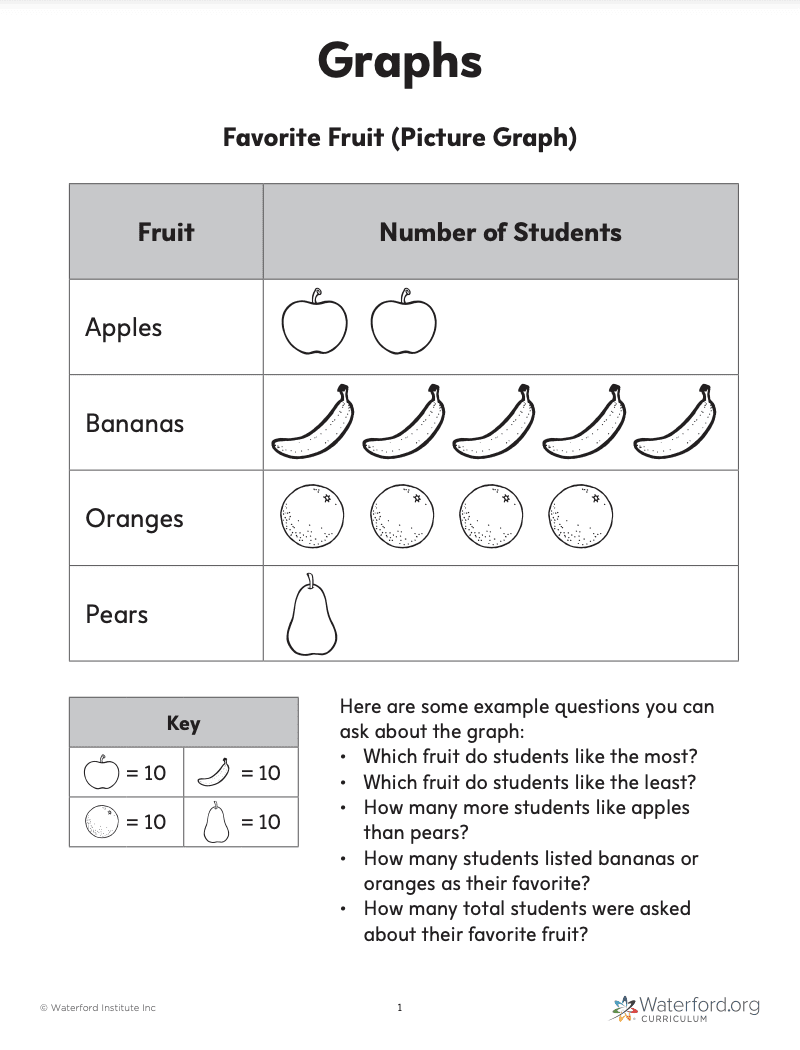 6. Same and Different (Igual y diferente)
6. Same and Different (Igual y diferente)
By spotting the difference in these worksheet questions, children can learn how to recognize patterns–a critical skill they’ll need later to complete challenging math problems.
7. Birds at My House (Pájaros en mi casa)
In this picture book, a child uses measurement to create a bird feeder. It’s a great lesson on how math applies to real world situations.
8. How Long is a Minute? (¿Cuánto dura un minuto?)
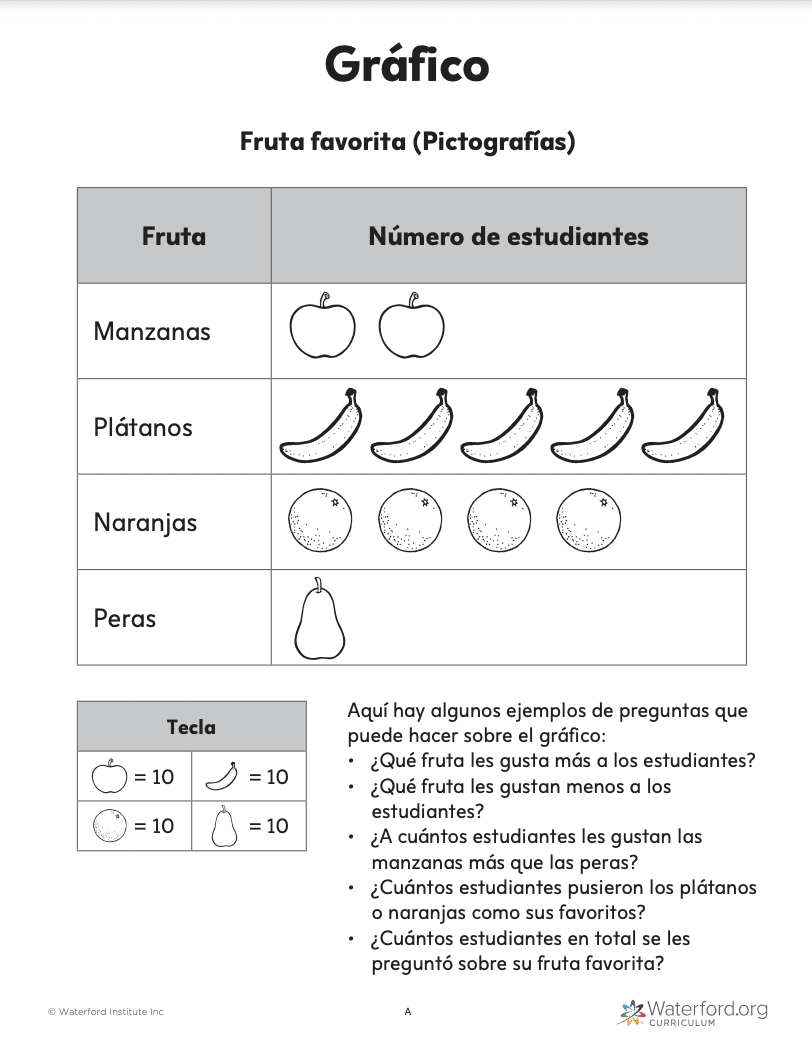
Learning how to tell time can be tough at first. This picture book uses helpful visuals to teach children how to measure minutes and hours on a clock.
9. Heads or Tails (Cara o Cruz)
Probability teaches children how likely an event is to happen based on the factors they know about it. This picture book is a beginning probability lesson through the classic example of flipping a coin. Heads or tails, what’ll it be?
10. Graphs (Gráfico)
Children can practice reading graphs with this fruit-themed worksheet. Then they can use the answer key at the end of the activity to check their work, an important skill for math students.
Early Math Activities: Numbers, Cardinality, Operations, & Algebraic Thinking
Numbers and cardinality skills teach children how to recognize numbers and sort them into groups. Operations and algebraic thinking teach them sequences like addition and subtraction and how to solve math problems using these systems. All of these skills will be important as they grow up and delve into more complex math.
11. First, Middle, Last (Primero, en el medio, último)
Learning how to do things in a sequence and to organize items is a core part of mathematics. This worksheet helps children learn how to order items by first, middle, and last.
12. Patterns (Patrones)
Recognizing patterns is a key math skill. Practice organizing objects into groups with these guided activities. Plus, check out these pattern math library book recommendations.
13. Count On (Contar hacia adelante)
Use fun guided activities like Number Cards, Toss and Count, and Fill in the Blank to teach your child counting skills.
14. Prince Cedrick’s Birthday (El cumpleaños del Príncipe Cedrick)
Your child can practice counting to nine while reading this picture book about a prince’s birthday celebration. After reading, see if your child can count to nine all by themselves.
15. Grab and Count (Agarrar y contar)
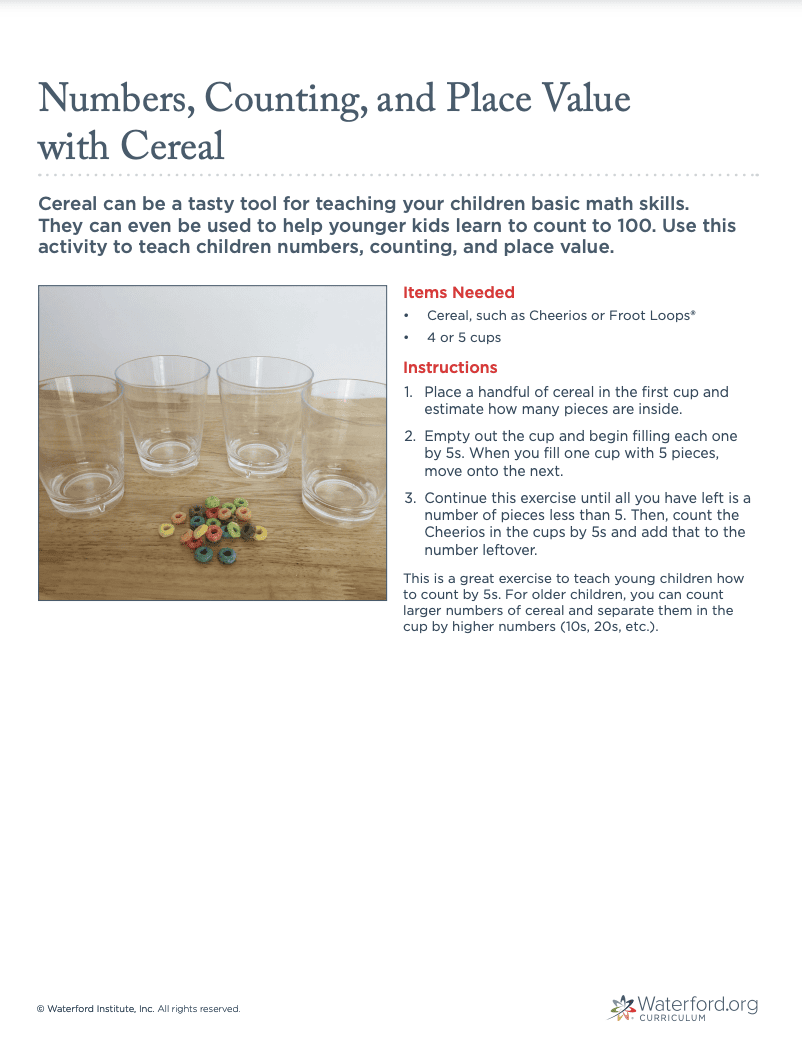
This counting activity can be completed with any items you have around the house! Grab and draw a handful of objects, then count them together.
16. Add Groups (Junta los grupos)
The visuals in this practice sheet can be helpful for children who are just learning to add.
17. Five Delicious Muffins (Cinco panecillos deliciosos)
Learn how to subtract by one with this colorfully illustrated picture book about a chef who bakes five muffins and shares them with his friends.
18. Navajo Beads (Cuentas Navajos)
With this thoughtfully written book about families, children can learn how to count by twos. Plus, they can practice their reading skills along the way.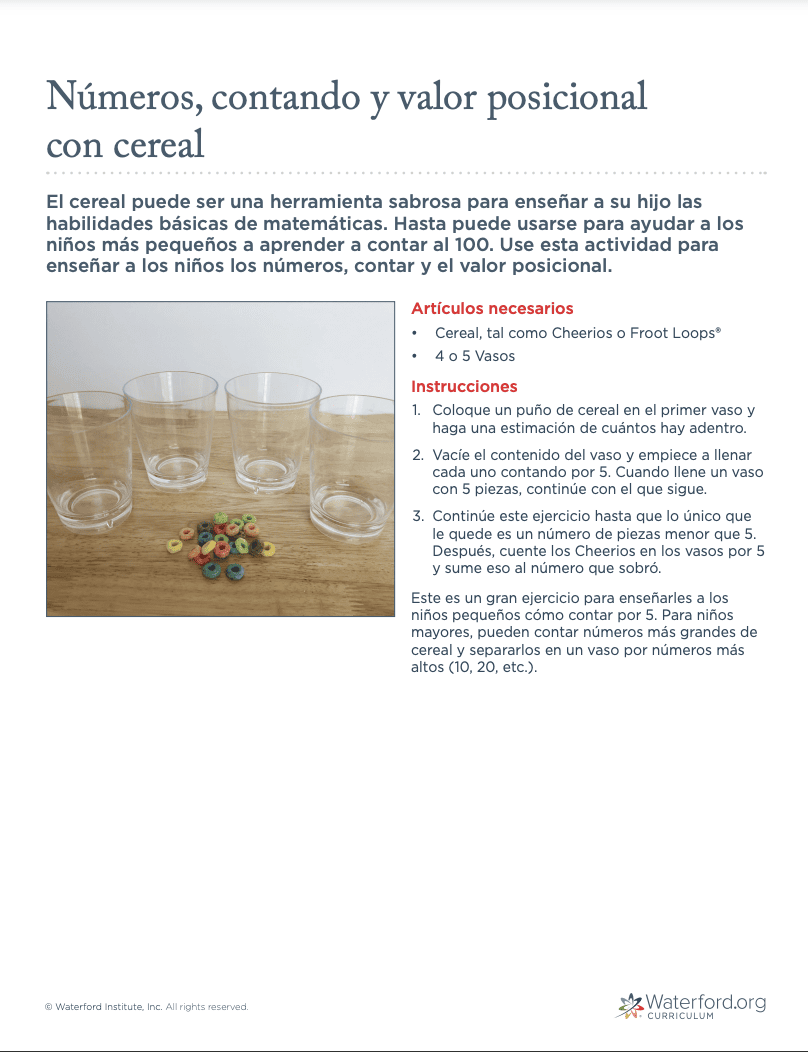
19. Numbers, Counting, and Place Value with Cheerios (Contar números y el valor posicional con Cheerios)
Learn how to count by fives with this hands-on math activity. If you don’t have Cheerios on hand, any small, countable group of items will work!
20. Subtraction (Restas)
Use this guided activity sheet to practice subtracting two-digit numbers, including:
- Popsicle Stick Subtraction
- Roll to Zero
- Library Book Recommendations
Waterford has tons of free reading and math games, songs, and activities for PreK and early elementary learners. To create your account and get access to these great resources, follow the links below:
- PreK families can sign up with Waterford Upstart
- Elementary-aged families can sign up with Waterford Mentor

